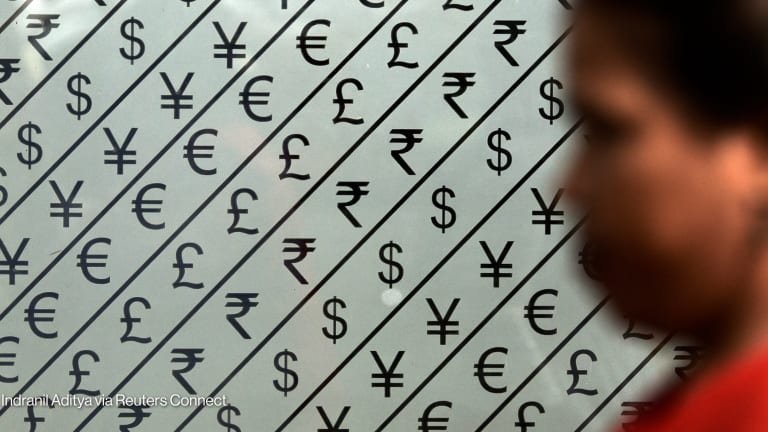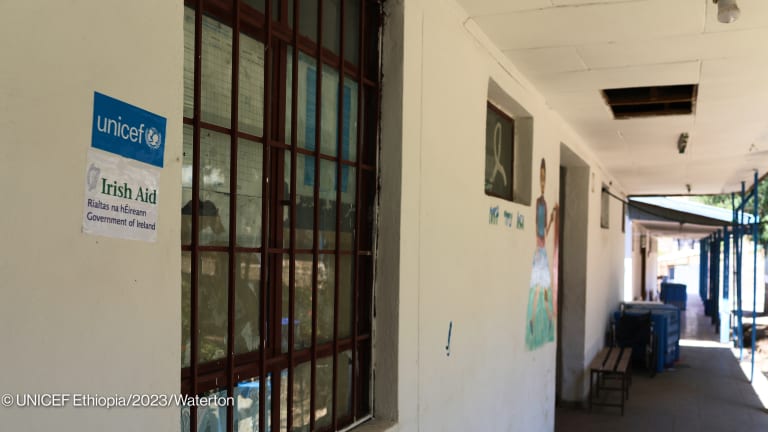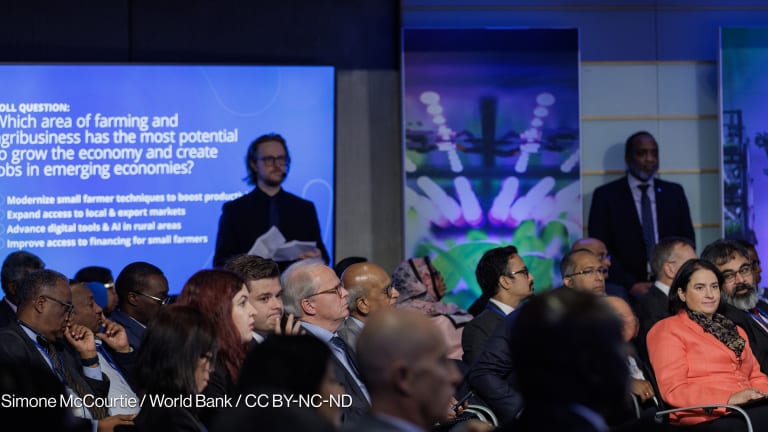The World Bank and its institutions: A primer
The World Bank has committed $128.3 billion and disbursed $91.4 billion in the fiscal year ending in June 2023. We looked at the funding trends over the past five years and delved into the inner workings of the main arms of the bank.
Established in 1944, the World Bank has been a key lender for low- and middle-income countries for decades, funding thousands of projects in various sectors and priorities. Based on its most recent annual report, the World Bank has committed $128.3 billion in the fiscal year ending in June 2023. In real terms, this is $19.7 billion, or 18.1%, more than the previous year. Meanwhile, its disbursement amounted to $91.4 billion — up 30.9% from 2022. With its vast resources and numerous funding mechanisms, trying to do business with the World Bank — either directly or through its existing partners — could be an overwhelming task for many development organizations and professionals. In this article, we looked into the key trends in World Bank financing between 2019 and 2023, including coverage of the five key arms of the bank: • The International Bank for Reconstruction and Development. • The International Development Association. • The International Finance Corporation. • The Multilateral Investment Guarantee Agency. • The International Centre for Settlement of Investment Disputes. This provides a brief overview of a longer World Bank report that Devex will be publishing in the coming weeks. Figures were primarily sourced from the five institutions’ annual reports and fiscal year data. All figures were converted to 2023 U.S. dollar constant prices — allowing us to compare year-on-year trends. Funding trends: The World Bank’s five institutions International Bank for Reconstruction and Development Established: 1944. IBRD is owned by its 189 member countries. It supports middle-income and creditworthy low-income countries through loans, guarantees, risk management products, and advisory services. Its funding commitments grew by 39.6%, in real terms, between 2019 and 2023 — from $27.6 billion in 2019 to $38.6 billion in 2023 — and followed a consistent upward trajectory. The biggest leap was during the first year of the COVID-19 pandemic, with $32.9 billion — up 19.2% from 2019. International Development Association Established: 1960. IDA is the World Bank institution dedicated to helping the world’s poorest countries by providing them zero to low-interest loans — known as credits — as well as grants for economic and social programs. Its payment terms are even more flexible than IBRD’s — going over 30 to 40 years. IDA saw a steep increase in total commitments between 2019 and 2021 — from $26.1 billion in 2019 to $40.5 billion in 2021, or a 55% rise. It then went down the next couple of years, with $39.3 billion and $34.2 billion respectively. International Finance Corporation Established: 1956. IFC focuses primarily on increasing the impact the private sector has on the local economy. It provides a multitude of services such as loans, grants, equities, and advisory services. Commitments from the IFC rose by 45.1% from 2019. It has committed a total of $112.3 billion and disbursed $68.5 billion. Multilateral Investment Guarantee Agency Established: 1988. MIGA provides guarantees for certain projects. These assurances make sure that the project investments are protected should circumstances unforeseen and uncontrollable happen. Issuances can range from political risk insurance, credit enhancement products, and trade finance guarantees From 2019 to 2023, MIGA made a total of $28.7 billion in gross issuances. The yearly issuance ranges from $4.6 billion to $6.6 billion — and is on a slow, but steady rise since 2019. International Centre for Settlement of Investment Disputes Established: 1966. ICSID is the only institution within the World Bank that does not hand out funding. It is the primary institution that handles international settlement disputes, focusing mainly on investor-state relationships. Update, April 11, 2024: This article has been updated to clarify that MIGA provides guarantees that protect investors. Try out Devex Pro Funding today with a free five-day trial, and explore funding opportunities from over 850 sources in addition to our analysis and news content.
Established in 1944, the World Bank has been a key lender for low- and middle-income countries for decades, funding thousands of projects in various sectors and priorities.
Based on its most recent annual report, the World Bank has committed $128.3 billion in the fiscal year ending in June 2023. In real terms, this is $19.7 billion, or 18.1%, more than the previous year.
Meanwhile, its disbursement amounted to $91.4 billion — up 30.9% from 2022.
This story is forDevex Promembers
Unlock this story now with a 15-day free trial of Devex Pro.
With a Devex Pro subscription you'll get access to deeper analysis and exclusive insights from our reporters and analysts.
Start my free trialRequest a group subscription Printing articles to share with others is a breach of our terms and conditions and copyright policy. Please use the sharing options on the left side of the article. Devex Pro members may share up to 10 articles per month using the Pro share tool ( ).
Miguel Tamonan is a Senior Development Analyst at Devex, where he analyzes data from public and private donors to produce content and special reports for Pro and Pro Funding readers. He has a bachelor’s degree in Political Science with a Major in International Relations from the Polytechnic University of the Philippines.
Alecsondra Si is a Junior Development Analyst at Devex. She analyzes funding data from bilateral and multilateral agencies, foundations, and other public and private donors to produce content for Devex Pro and Pro Funding readers. She has a bachelor’s degree in International Studies - major in European Studies from De La Salle University, Manila, Philippines.









